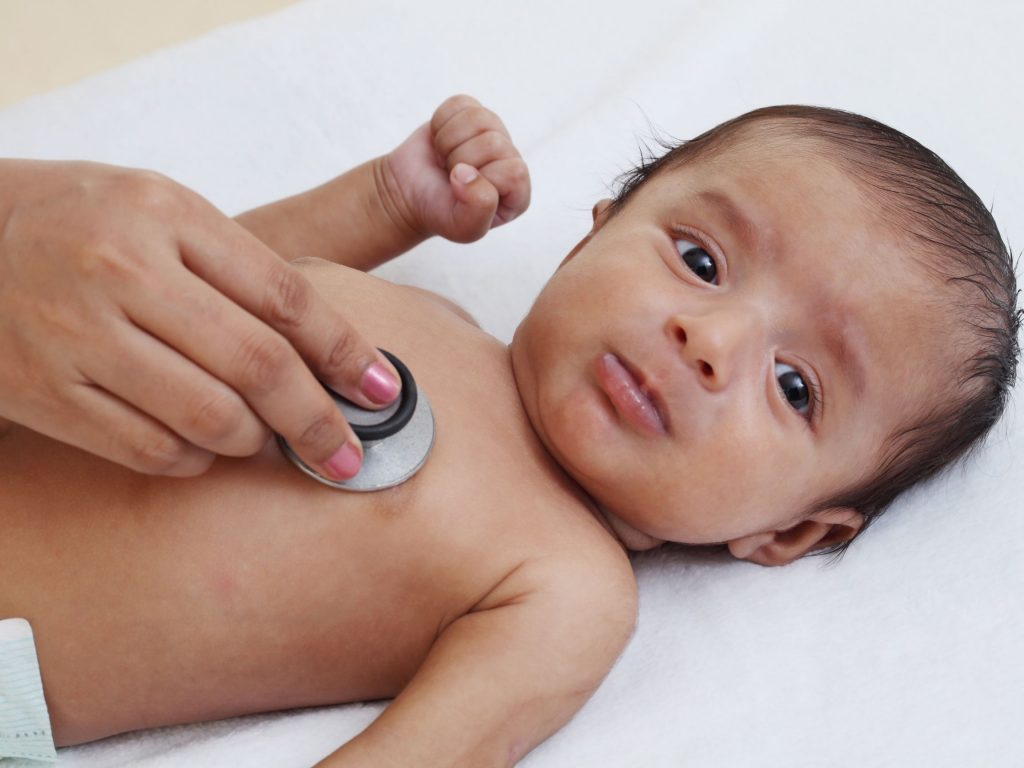The focus of your kid’s health proof is his growth diagram. Kids who are developing at the usual rate and whose weight and length or height is quite well matched are usually healthy. Your doctor will monitor your baby’s weight and height on a percentile chart. With time, your provider would be able to see whether your baby is growing at a normal rate.

How does Baby Growth Charts Work?
The curves you notice on a baby growth diagram imitate average development—in head circumference, length, and weight —for girls and boys depending on their age. The physician will measure and weigh the baby then include a mark to the diagram to plan your kid’s latest gains. The curve is simply those dots linked over time.

How frequently is the baby’s growth measured?
Doctors will whisk out the measuring tape and place baby on a scale during every checkup, which means at birth, after 3 to 5 days and at one, two, four, six, nine, twelve, fifteen, eighteen, twenty-four, and thirty months, then annually after that. The main thing your doctor is looking for is constancy.

If you are interested in the baby’s growth, check out the below-mentioned guidelines:
Newborn milestones
Week 1: It is only been a week, but your newborn knows he can depend on you. By now, he can distinguish your voice, and the acquaintance helps him adjust to the weird new world outside the womb.
Week 2: In the second week, your baby can focus on objects a few inches away. As you feed your little one, move your head from side to side slowly and see if his eyes follow you. This helps make his eye muscles and tracking skills.
Week 3: Though his movements are still jerky and haphazard, your baby can begin snuggling by week three. As you hold him, watch how he adjusts his position towards you. He finds your arms soothing and reassuring.
Week 4: This week you will see your baby is using his vocal cords in ways other than crying. He may make ahh and coo sounds, particularly when he sees parents. Babies learn by imitating, so replay his sounds back to him.
1 Month Baby Milestones

Week 5: This week your baby’s movements become more purposeful and smoother. Make sure to give your little one a mini-drill by pulling him slowly to a sitting pose, or allow him to rest with belly-down on your arm. Make sure to support his head during activities.
Week 8: Although your child’s head is still unsteady, the neck muscles are getting firmer by the day. Your baby can lift his head about 45 degrees. Put him on his stomach for brief periods each day so he can practice.
2 Month Baby Milestones

Week 9: This week sounds attract your baby, particularly high pitches and tones. He is also interested in hearing you talk, and will stare at your mouth intently as you speak to him. He may even reply with cooing.
Week 12: The baby by now has discovered an everlasting source of delight: his hands. He has understood that the thumbs and fingers are individual objects. He can also get his hands together, staring at them and then place them to his mouth to taste.
3 Month Baby Milestones

Your kid is getting stronger by the day. He may protest when he is placed on his stomach, but he needs tummy time every day for exercising his chest, neck, arm muscles, and rib cage. This is important for sitting up, rolling over, and crawling.

Consider these simple guidelines for toddler growth in the first year: Till six months, a toddler can grow half to one inch a month and put on about 200 grams per week. Your baby can increase his or her birth weight by two –times at about 5 months’ age.
